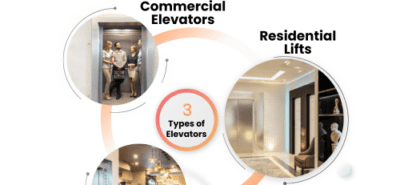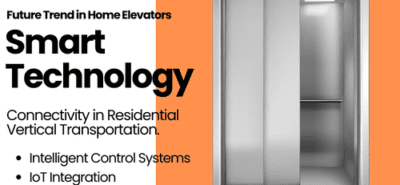Why Do Elevators Not Fall?
Elevators are a ubiquitous mode of transportation in tall buildings, allowing us to seamlessly move between floors. However, many people have wondered about the safety of elevators and the potential fear of them falling. In this blog, we will delve into the fascinating world of elevator mechanics and engineering to understand why elevators do not fall and explore the safety measures that keep them secure.
Why Elevators Don’t fall?
The Role of Counterweights
One of the key components that ensures elevator safety is the presence of counterweights. Counterweights serve a crucial purpose by balancing the weight of the elevator car and its occupants. They are designed to offset the weight on the opposite side, reducing the overall load that the elevator motor needs to lift. This equilibrium prevents the elevator from descending rapidly or falling due to an imbalance.
Multiple Suspension Cables
Elevator systems are equipped with multiple suspension cables that support the elevator car. These cables are constructed from strong steel strands, each capable of supporting the weight of the fully loaded elevator independently. In the unlikely event of a cable failure, the other cables provide redundancy, preventing a catastrophic fall. The safety factor built into the design ensures that even if one cable were to break, the remaining cables can bear the load.
Safety Brakes and Governors
Elevators incorporate safety mechanisms such as brakes and governors to prevent free-falling. Safety brakes are installed within the elevator system, engaging automatically if the elevator exceeds its rated speed or experiences a sudden descent. These brakes are designed to stop the elevator car swiftly and securely. Governors, on the other hand, monitor the elevator’s speed and activate the brakes if it surpasses a safe threshold, ensuring controlled movement and preventing falls. Emergency Backup Systems: To further enhance safety, elevators are equipped with emergency backup systems. These systems typically include power backups, such as uninterruptible power supplies (UPS) or generators. In the event of a power outage, these backups provide electricity to essential components like the control panel, lighting, and safety systems, allowing passengers to exit safely.
Regular Maintenance and Inspections
Elevator safety is not just reliant on the initial design and construction but also on regular maintenance and inspections. Qualified technicians perform routine maintenance to ensure that all components are functioning optimally. Regular inspections are conducted to identify any signs of wear, corrosion, or potential issues that may compromise the elevator’s safety.
Conclusion:
Elevators have become an integral part of our daily lives, and understanding the safety measures that prevent them from falling is crucial for peace of mind. Through the careful integration of counterweights, suspension cables, safety brakes, governors, emergency backup systems, and diligent maintenance practices, elevators remain a remarkably safe mode of vertical transportation. So, the next time you step into an elevator, rest assured that a robust combination of engineering and safety measures is keeping you secure as you ascend or descend floors with ease











